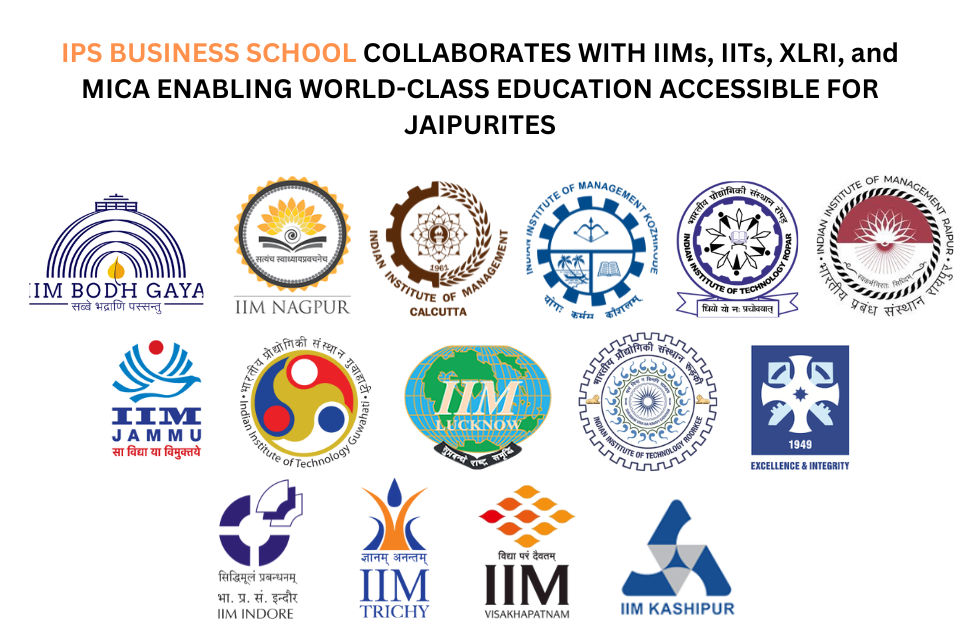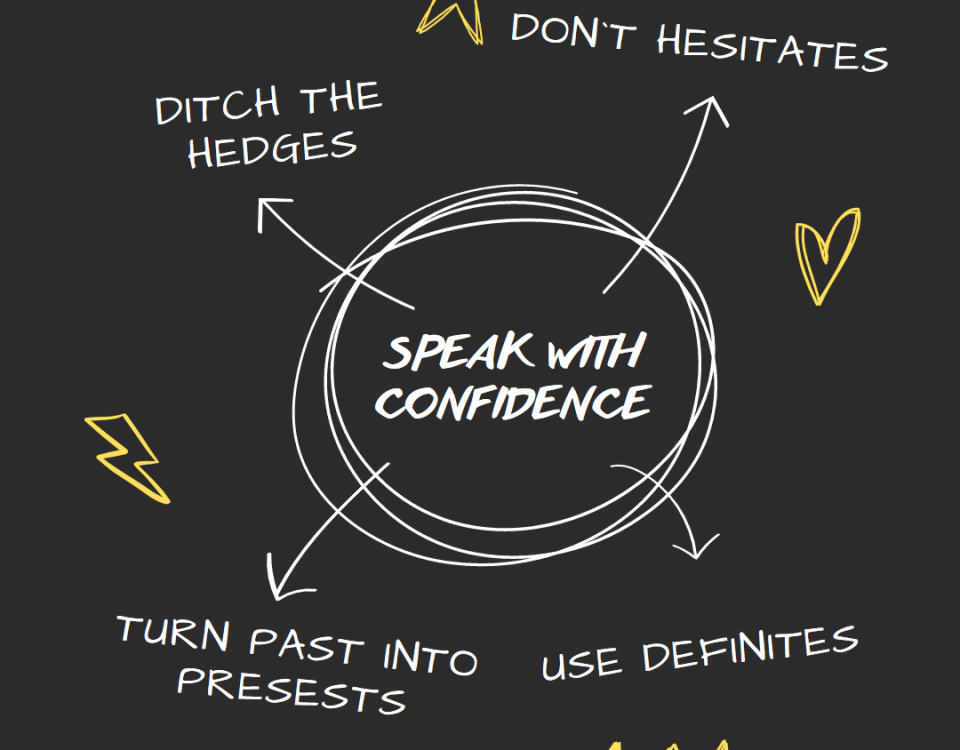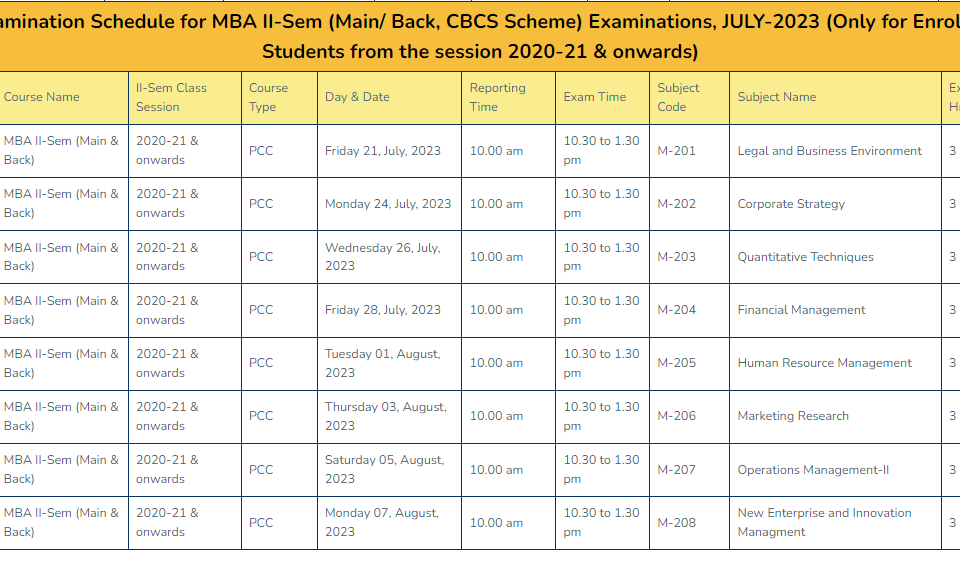- How may I help you?
- 8233970000
- 9829016449
- info@ipsedu.in
Generating Ideas: A Process for Breakthrough Innovation …
Most organizations, when asked to come up with an innovative concept or solution, rely on outdated, unreliable methods like unconstrained brainstorming — if they have any formal approach at all. It’s more common to pass the request along to the person or people who have come up with creative ideas in the past and hope for the best. But decades of research now reveal that innovation is a process involving many important steps, and following them allows individuals and teams to apply the science of innovation quickly and reliably.
Action Steps
1. Frame the Question: To decide on the question you want to answer, start by focusing on real results rather than on particular ways of doing things. Asking, “How can we make ordering cheeseburgers faster at our restaurant?” for example, isn’t as effective as focusing on your real end goal: “How might we decrease customer frustration at our restaurant?” Starting questions with “How can we” or “How might we” helps make them more open-ended, which is in line with advice from innovation expert Hal Gregersen, who says “Questions are most productive when they are open versus closed, short versus long, and simple versus complex.”
2. Build the Team: Teams with diverse backgrounds and experiences, and those with a proven innovative idea track record, are more likely to generate new concepts.
3. Generate Lots of Raw Ideas — Solo: Brainstorming in a group tends to suppress some ideas and surface others that conform to the group. Research shows that you need at least about 100 raw ideas to have the best opportunity for something really innovative.
4. Add Constraints: Studies show that when you have limitations of the ideas you can pursue, you are often, paradoxically, more creative. But don’t just place constraints on the types of ideas you’re looking for — tight time constraints also help by limiting your ability to be overly reflective and judgmental about your own ideas, further increasing creativity.
5. Recombine and Reframe: Come together as a group to discuss the ideas you generated individually. Since innovation often involves recombination, combining old ideas in new ways, aim for big leaps rather than little refinements based on new ideas or novel combinations. Leverage research on brainstorming by prohibiting criticism (ask questions instead of making judgments); encouraging wild ideas (they can be refined later); and improving and combining others’ ideas, not just your own.
6. Vote: Instead of relying on a simple up-or-down process, use categories such as “Biggest Impact,” “Easy Win,” and “I Love This” to winnow down ideas. Be willing to criticize and reject ideas at this stage.
7. Commit: Without follow-up, even the most intriguing innovations die. As you choose which ideas to take further, consider these proven techniques: create a prototype and share it get feedback; interview potential users/stakeholders; and build consensus by working as a group to uncover potential organizational hurdles and shepherd the idea past them.
How Leaders Use It
Developed in the 1930s by its founder, Toyota’s “Five Whys” technique is a proven brainstorming constraint. The company brings together the people who have direct experience of the process or problem in question, who then define the issue and proceed to ask "Why?" five times. Speed is important as ideas are shared — another constraint that prevents judgment and allows for greater creativity.
Airbnb co-founder Joe Gebbia said in the early stages the company was stuck in a “trough of sorrow,” unable to grow. He attributed the stagnation to the belief that everything they did had to be scalable and involve tech. It was only when they started generating ideas to solve the growth problem that they identified poor photo quality of the properties on their website, and allowed themselves to address it by experimenting with non-scalable, non-tech changes. They decided to prototype an idea by having professional photos taken. A week after the new pictures were posted, weekly revenue doubled. This process of framing the question and generating ideas well outside the constraints they previously placed on their ideation efforts, leading to prototyping, “changed the trajectory of the business,” according to Gebbia.





